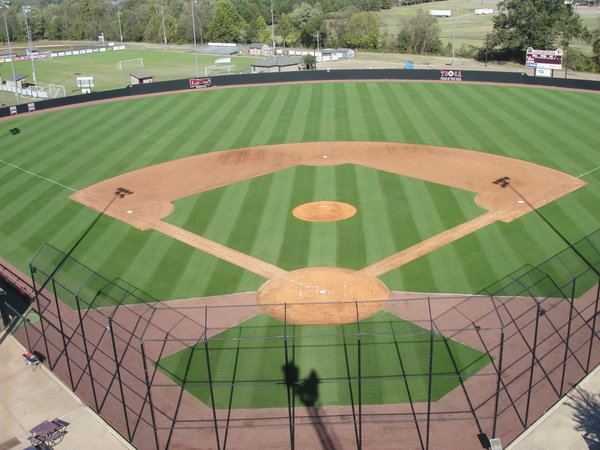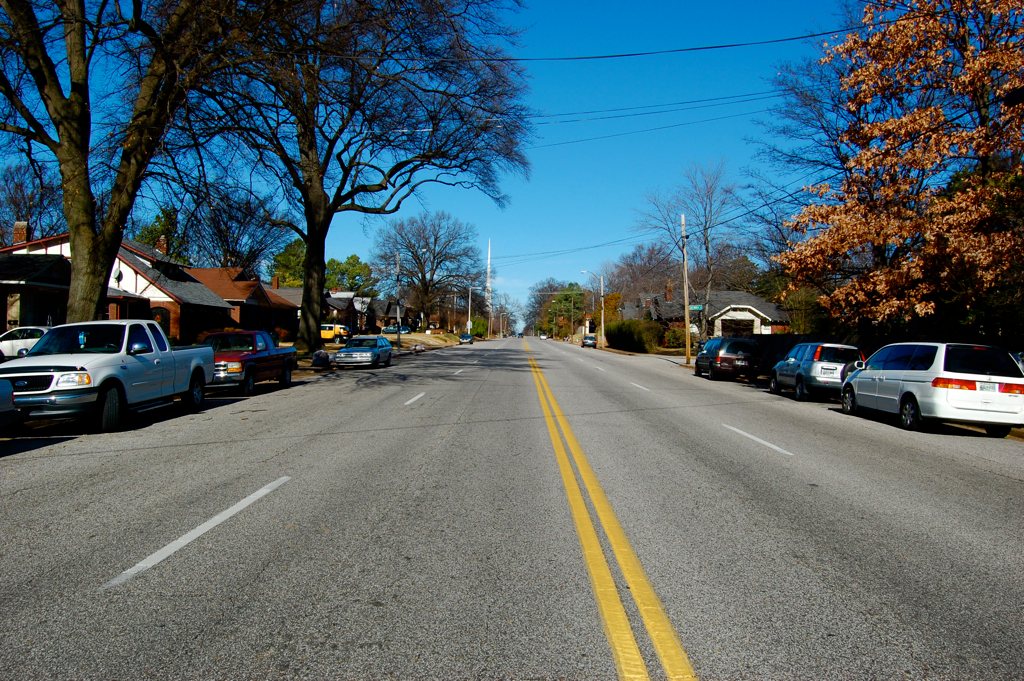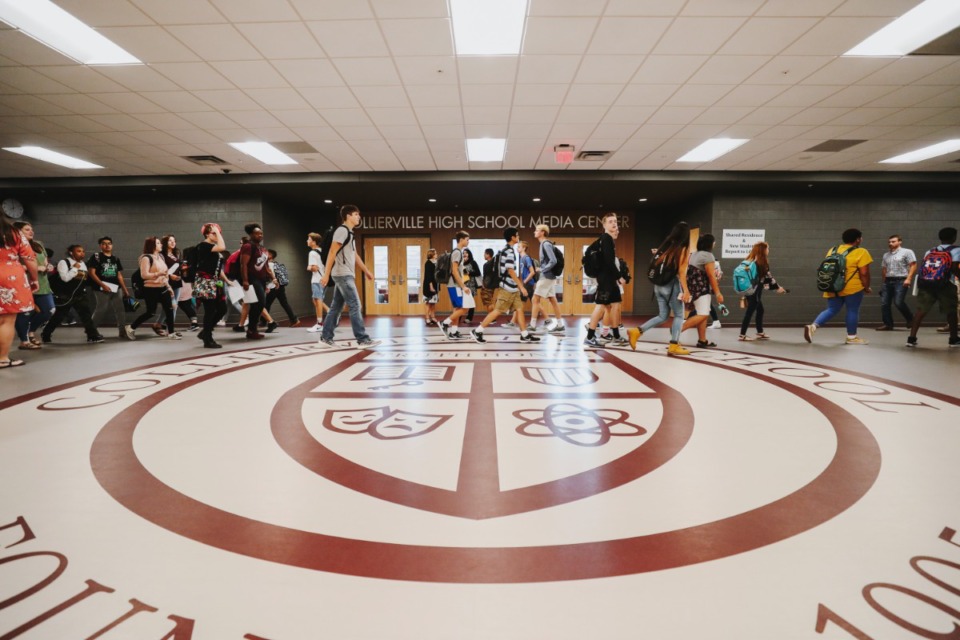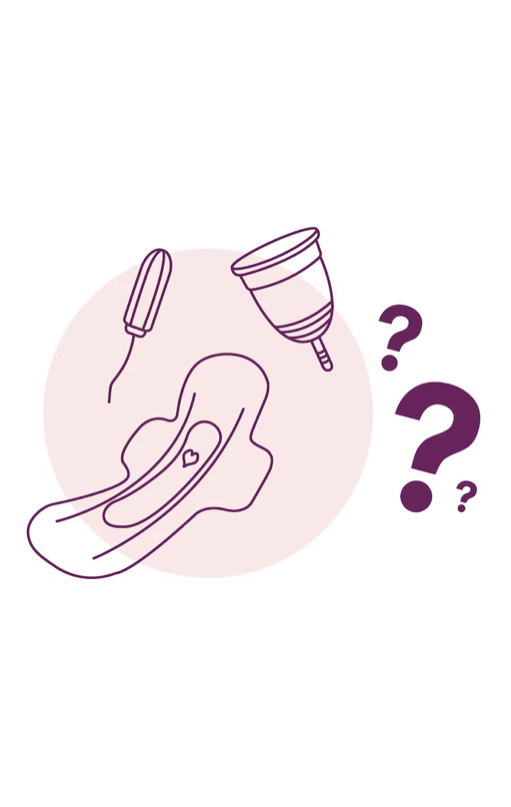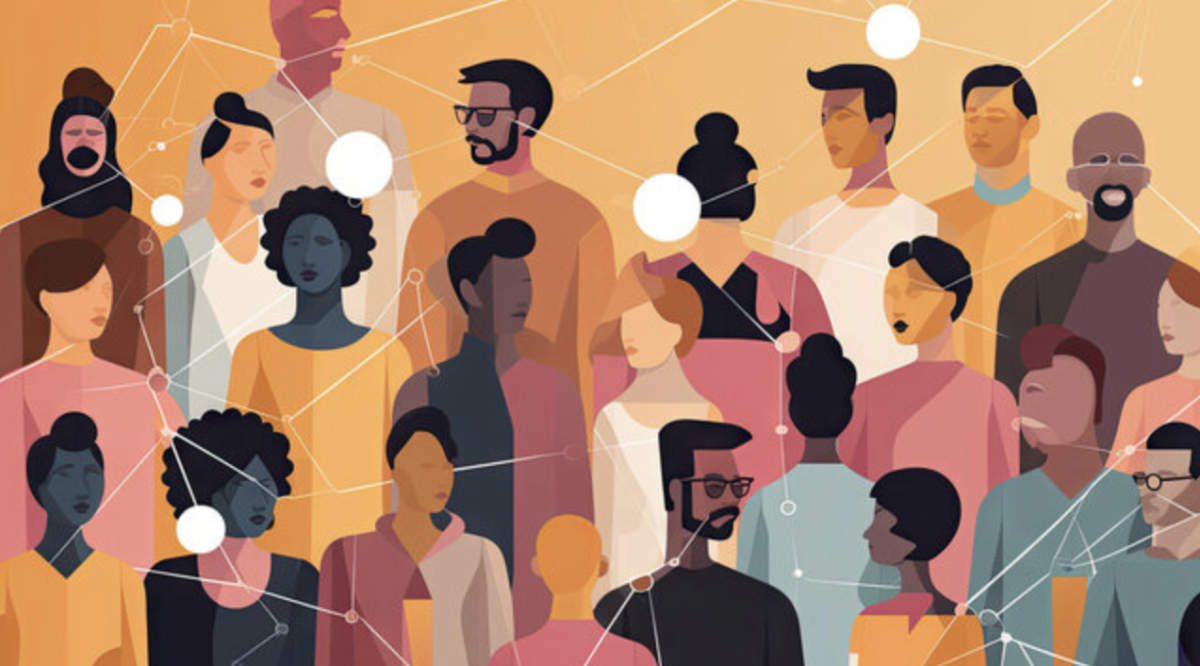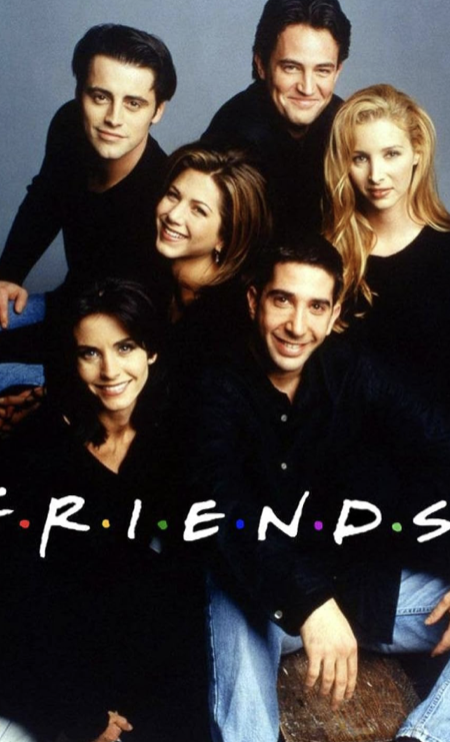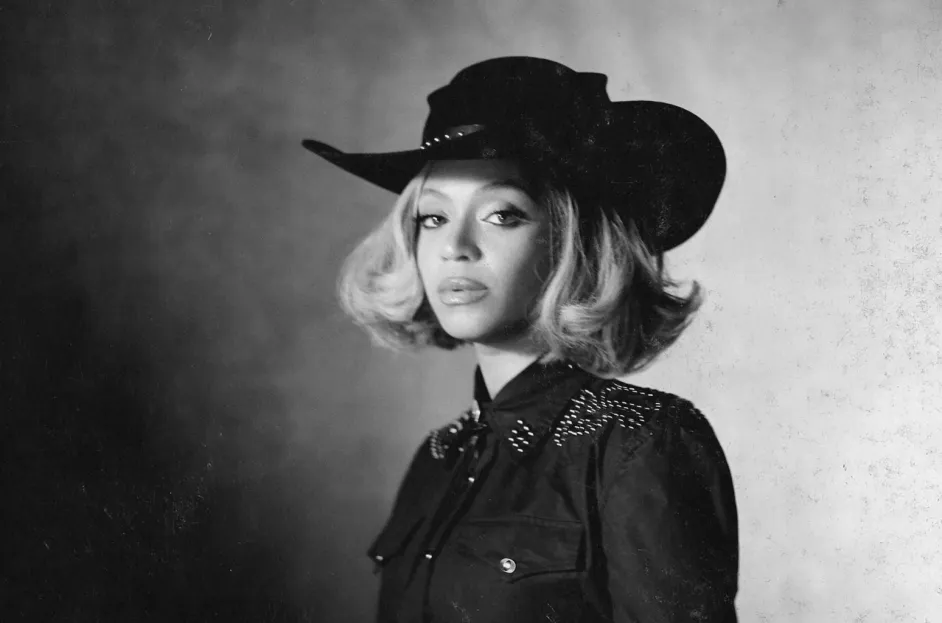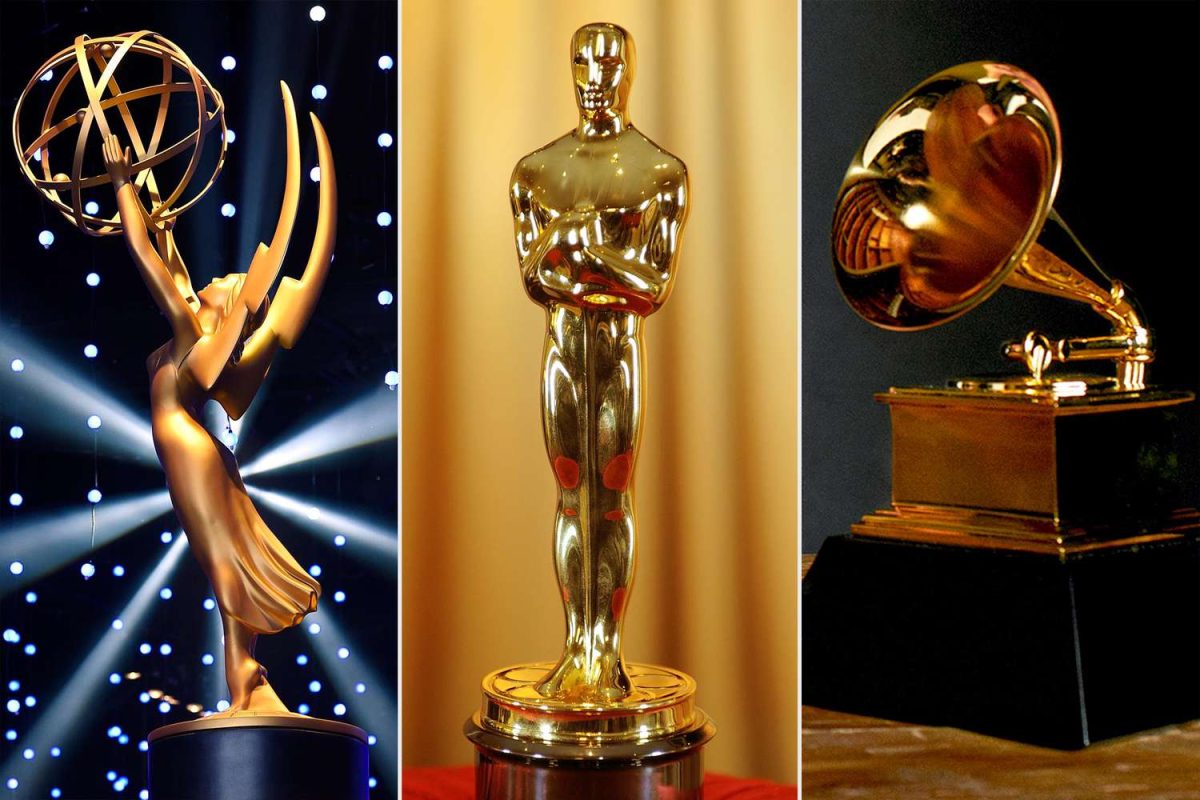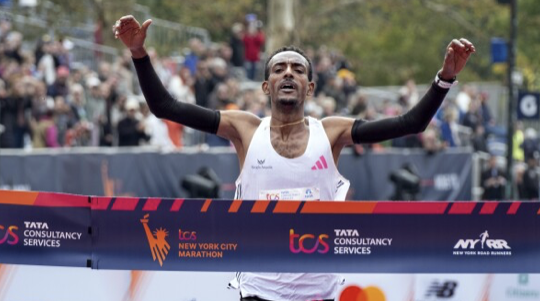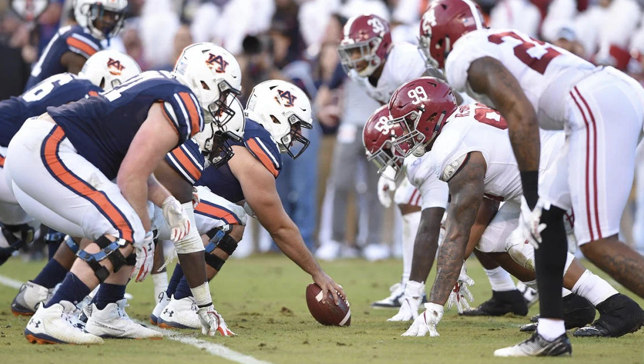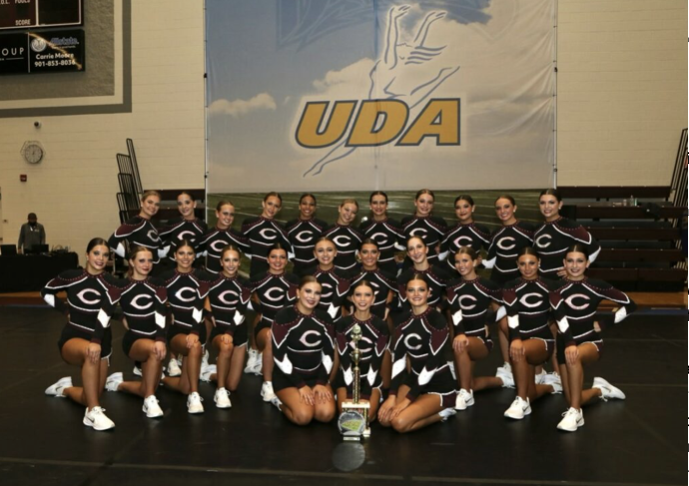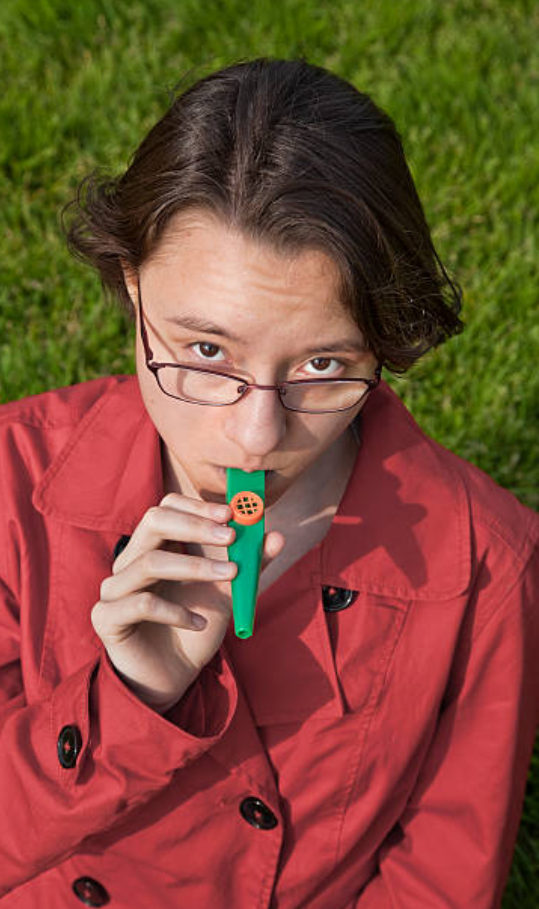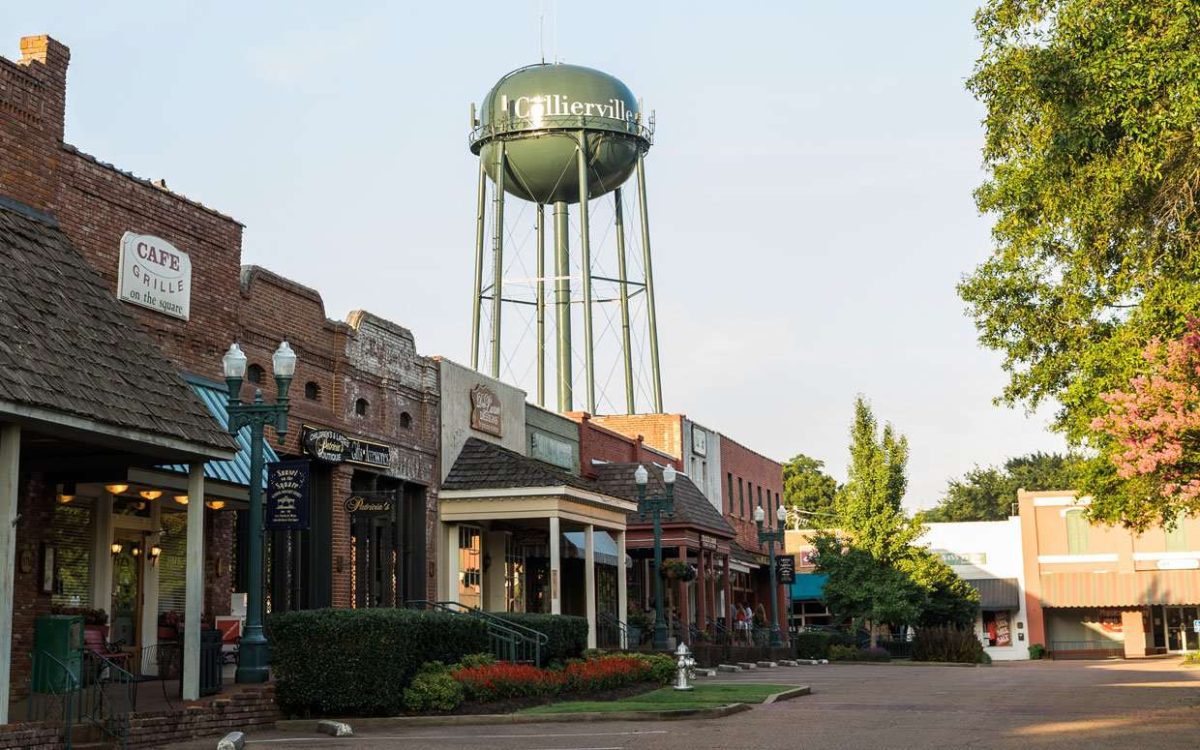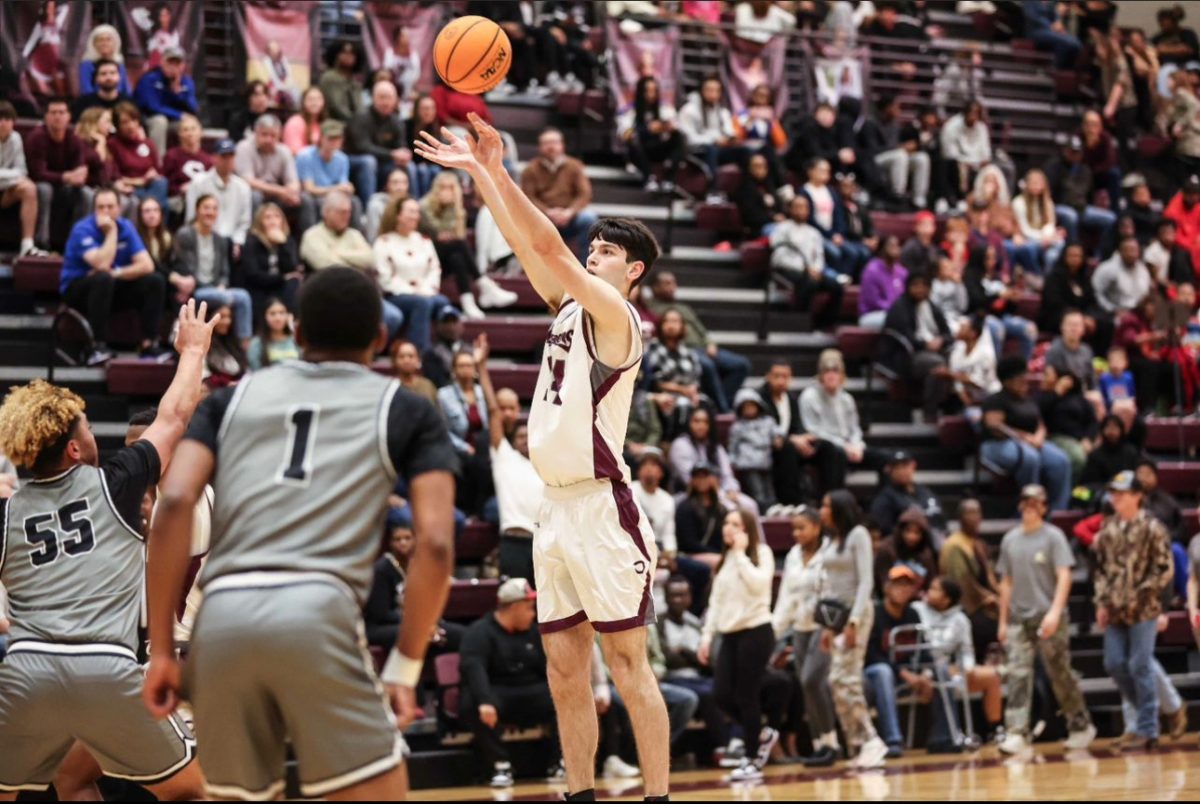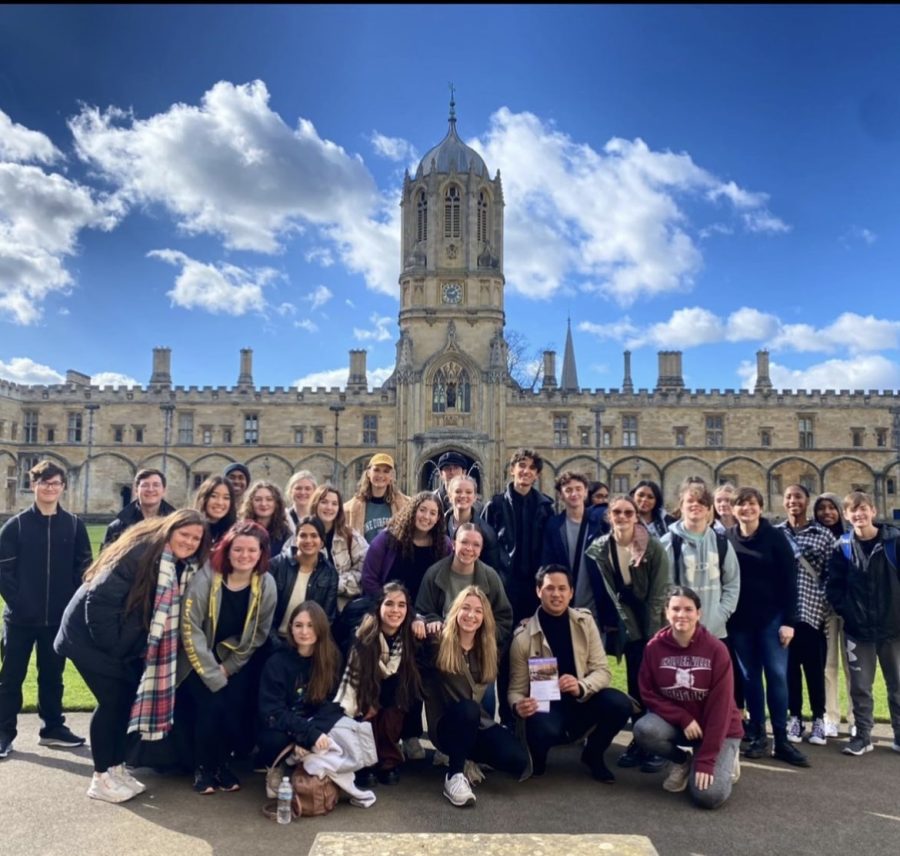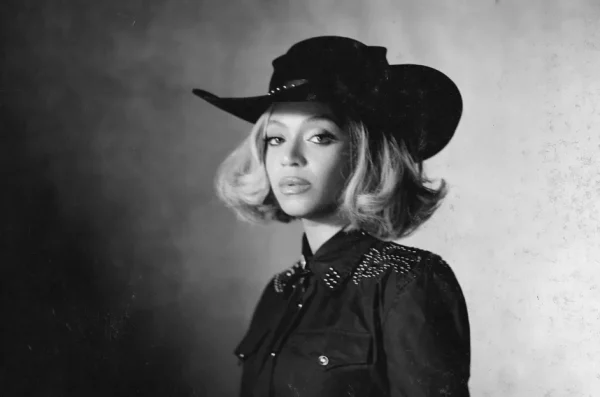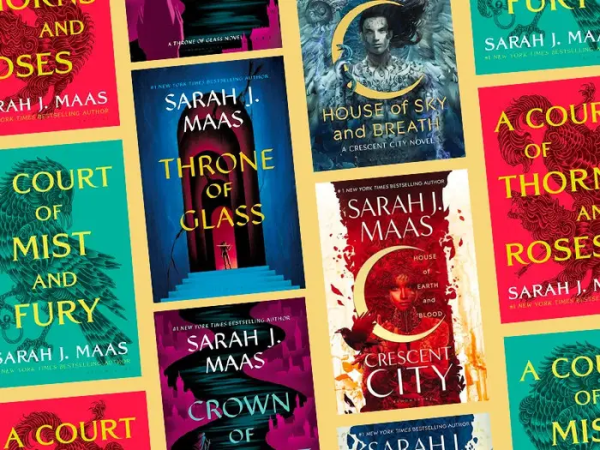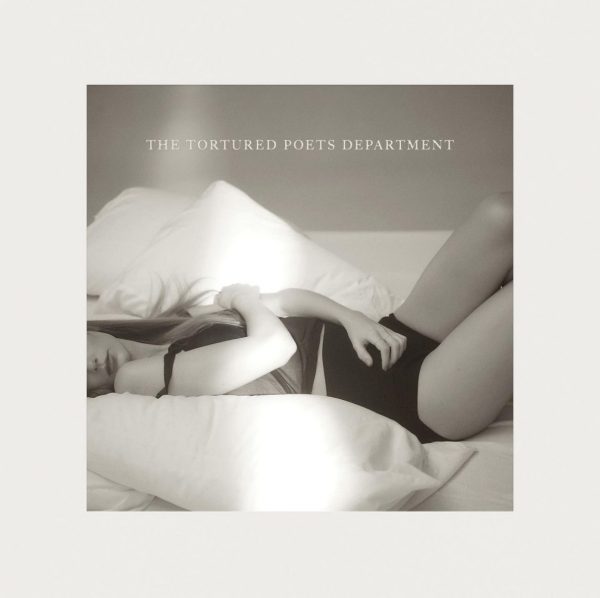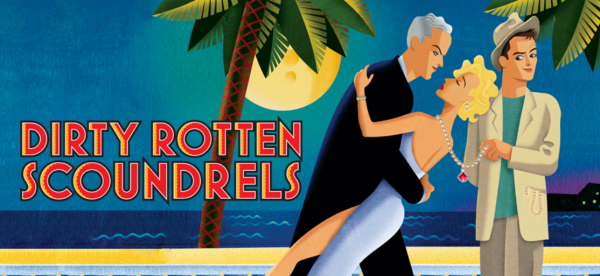What happened to the dystopian genre?
January 26, 2023
The year is 2014. You just got off the bus from school and immediately run straight to your room to finish the last 4 chapters of The Hunger Games. Your mom is taking you and your friends to see the new movie this weekend. Life is good.
But that was several years ago. The YA dystopia faze has faded, and its popularity has since diminished. After being around for decades, what happened to the dystopian genre?
Dystopian fiction is often characterized by totalitarian governments in revolutionary or post-apocalyptic worlds, and the protagonist is usually a misunderstood teenager. This coupled with saving the world and a sprinkle of romance has captivated teens’ attention for years. This idea is nothing new: Ray Bradbury’s 1953 novel Fahrenheit 451 features a teenage protagonist who defies an authoritarian government and has a crush on a pretty girl. This trope has since morphed into beloved sagas such as Divergent and The Hunger Games.
The primary issue with the dystopian genre is that it remained stagnant, reusing the same trope and plot in each new novel. In past decades, the genre would adapt and stay relevant with the current state of the world. However, in last few years the genre stopped evolving. Teenager lives under bad government, gets a crush, saves the world, repeat. Especially in the 2010s, the entertainment industry became so oversaturated with film adaptations, producing sequel after sequel, that teens simply became bored of the oversimplified plotlines. Not to mention, the newer characters often lack depth as their only traits are being quirky and morally superior.
Another issue with dystopian protagonists is the lack of diversity. Typically, the main character is straight and white, making it harder for many readers to relate to them. Readers want to get to know the protagonist and picture themselves in their shoes, which is impossible to do with oversimplified plots and no character traits.

